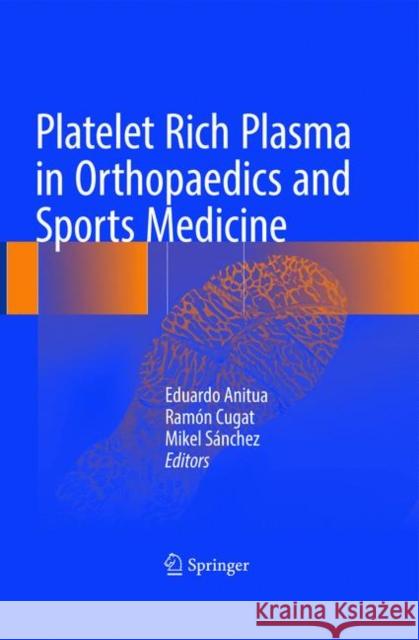Platelet Rich Plasma in Orthopaedics and Sports Medicine » książka
topmenu
Platelet Rich Plasma in Orthopaedics and Sports Medicine
ISBN-13: 9783319637297 / Angielski / Twarda / 2018 / 276 str.
Platelet Rich Plasma in Orthopaedics and Sports Medicine
ISBN-13: 9783319637297 / Angielski / Twarda / 2018 / 276 str.
cena 583,65 zł
(netto: 555,86 VAT: 5%)
Najniższa cena z 30 dni: 578,30 zł
(netto: 555,86 VAT: 5%)
Najniższa cena z 30 dni: 578,30 zł
Termin realizacji zamówienia:
ok. 20 dni roboczych.
ok. 20 dni roboczych.
Darmowa dostawa!
Kategorie BISAC:
Wydawca:
Springer
Język:
Angielski
ISBN-13:
9783319637297
Rok wydania:
2018
Wydanie:
2018
Ilość stron:
276
Waga:
0.78 kg
Wymiary:
26.14 x 18.29 x 2.08
Oprawa:
Twarda
Wolumenów:
01











